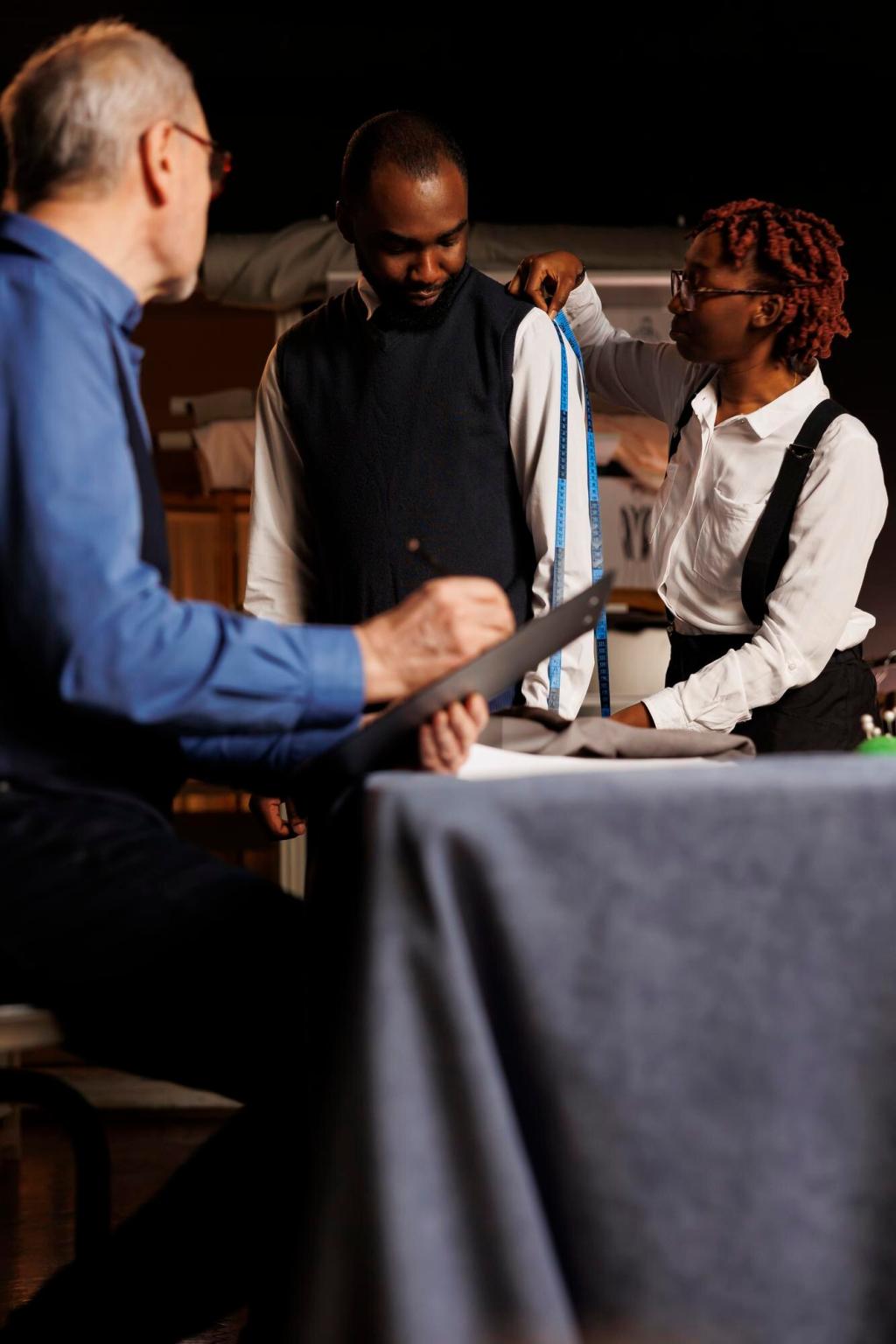Welcome to a friendly, practical exploration of The Art of Building Professional Relationships. Here you will find stories, tools, and prompts that make connection feel natural, generous, and effective. Read on, share your experiences in the comments, and subscribe for weekly insights on deepening authentic, career-boosting relationships.
Laying the Foundation: Trust, Respect, and Consistency
Start with Clarity and Generosity
Great relationships often start with a clear offer of help. When Maya joined a new team, she sent a short note offering support on documentation. That tiny, generous gesture created goodwill, opened doors for collaboration, and set a tone of respect. Try it this week and tell us what happens.
Show Up Consistently
Consistency builds trust faster than big promises. Set reminders to follow up, capture commitments in writing, and meet small deadlines early. People remember the person who responds on time and follows through. Share one technique you use to stay consistent, and we will feature the best ideas in a future post.
Invite Two-Way Dialogue
Relationships flourish when both sides feel heard and valued. Ask what success looks like for your counterpart, and confirm shared goals. Then ask how you can adapt your approach. Comment with a question you plan to try in your next meeting and inspire another reader to do the same.
Deep Listening as Your Secret Advantage
During a budget debate, Amir noticed tension behind a colleague’s carefully chosen words. He asked, “What risk are you worried we are missing?” That single question revealed a hidden constraint and saved the project timeline. Try listening for intent this week and share your results below.



Networking Without the Awkwardness
When reaching out, reference something specific you admire, then offer a practical, relevant help. “I loved your talk on ethical AI; I compiled three resources on dataset bias you might find useful.” This value-first approach earns attention. Share a value-forward opener you will try this month.
Networking Without the Awkwardness
Brief, thoughtful touches keep relationships alive. Congratulate a milestone, send an article tailored to their challenge, or say thank you with context. These small moments create compounding goodwill. What micro-touch has meant the most to you? Add your story so others learn from it.
Digital Presence and Etiquette that Build Connection
01
Highlight what you make easier for others, not just what you have done. Use a friendly headshot, a clear headline, and a summary that names problems you help solve. Invite people to connect with a sentence about collaboration. Share your revised headline in the comments for feedback.
02
Short, specific, and respectful beats long and generic. Use a crisp subject line, say why you chose them, and propose one precise next step. Express genuine interest, not flattery. Paste a draft of your outreach (with redactions) and we will crowdsource gentle improvements.
03
Curate articles and resources with a two-sentence insight about why they matter. Tag relevant people sparingly and respectfully. Over time, you become known as someone who helps others think clearly. What topic will you curate this quarter? Tell us and we will follow along.
Cross-Cultural and Cross-Functional Bridges
In a global workshop, Lucia asked local leads to explain meeting norms before setting the agenda. That respectful pause avoided accidental missteps and increased participation. What context questions could you ask in your next cross-cultural meeting? Share your list so others can borrow it.


Cross-Cultural and Cross-Functional Bridges
Titles hide what people truly care about. Ask what pressures they face and what outcomes they are measured on. Jointly mapping motivations reveals natural tradeoffs and speeds decisions. Try a quick motivation map this week and post a reflection on what surprised you most.
Mentorship, Sponsorship, and Everyday Allyship
Find and Become a Mentor
Mentorship thrives on specificity. When seeking a mentor, name the skill, timeframe, and commitment. When mentoring, set a rhythm and define goals together. Tell us what you want to learn or teach this season, and we will help match readers with similar interests.

Navigating Conflict and Repairing Trust
When deadlines slipped, Dae apologized for unclear expectations, then proposed a new plan with buffers. Owning your part lowers defenses and invites collaboration. Try writing a brief accountability note for a tough situation, and share the template you used with our community.
Navigating Conflict and Repairing Trust
Tools like Situation–Behavior–Impact make feedback safer and specific. Describe what happened, what you observed, and why it mattered, then ask for their view. Practice on a small issue first, and tell us whether the conversation felt easier and more productive.
Navigating Conflict and Repairing Trust
After resolution, send a recap and appreciate everyone’s effort to improve. State how you will prevent repeats and schedule a quick check-in. Closing the loop signals care. What closing phrase feels authentic to you? Post it so others can adopt language that builds trust.
